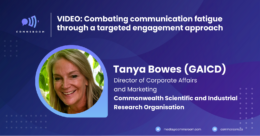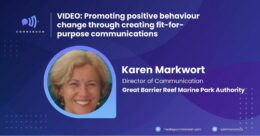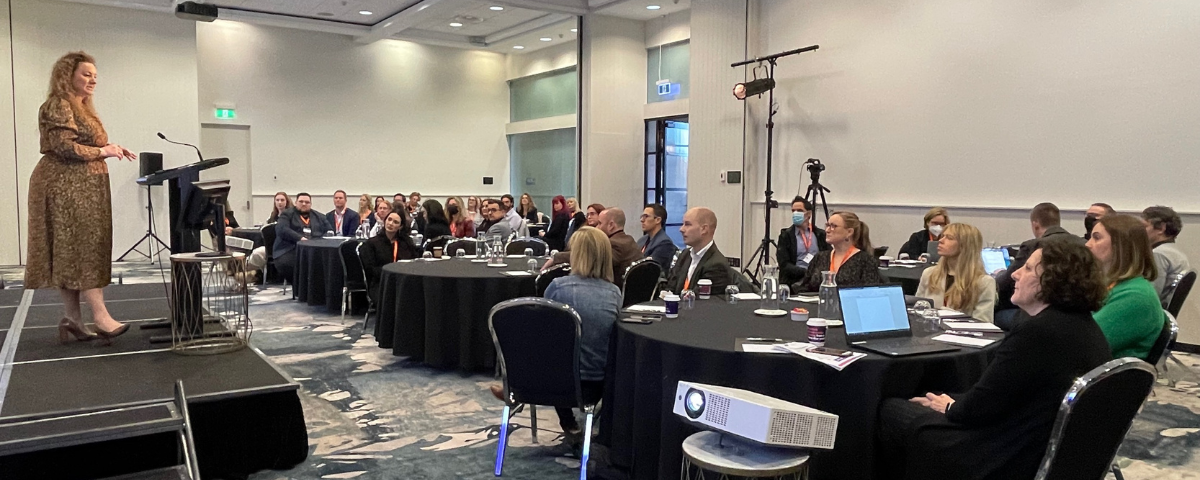As the pandemic started shutting down traditional ways of communication, the digital channels of exchanging messages became more significant. The same is valid for government agencies that relied heavily on print media, tv & radio ads, and other customary ways of promoting their services and programs.
Now, they have become more acquainted with social media and other advanced modes of delivering their intended messages and encouraging civic participation among their constituents.
But even with the accelerated rate of information exchange that took place in digital channels, there remained the same communication fundamentals that many professionals still overlook.
Identical challenges in traditional media also continued to hound those who now have shifted to or integrated social media.
At Akolade’s 2nd Public Sector Comms Leaders Summit and 17th Social Media for Gov Summit held simultaneously in Canberra from 27 July to 29 July 2022, communication officers and social media managers from government agencies converged to discuss strategies and frameworks on how to meaningfully connect with their target audience and build public confidence across digital channels.
The participants were taught how to change community attitudes and influence decision-making as social media managers.
Mariah Fox, Assistant Director – Social Media for National Disability Insurance Scheme, cited authenticity as one of the critical factors in enticing a target audience into valuing and trusting a social media channel.
“If we are talking about trust – and want our communities to trust us, we need to communicate the humanity of our organisations,” said Fox.
Fox added that building authority and trust gives social media managers more room to explore what content best works for their channels.
The summit also provided tips on combating communication fatigue through a targeted engagement approach.
Tanya Bowes, Director of Corporate Affairs for Commonwealth Scientific and Industrial Research Organisation (CSIRO), shared that after recognising what drives fatigue, the manager must focus their content on what builds trust.
Bowes also highlighted the importance of leaning on pop culture to relate with the audience. She added that the content producer must also know when to change direction, such as when specific strategies do not work.
Bowes finally advised the participants to overcome fatigue through an innovative approach (like CSIRO scientists) of a 4-step cycle: experiment, test and learn, be data-driven, and base on evidence.
The professionals in the summit further learned why they should bother speaking to or targeting a younger audience which quickly makes up Australia’s largest population.
Lily Hoffmann, Social Media and Content Manager for the South Australian Tourism Commission, noted that the younger generation is digital natives who are most likely to give constant traction to online activities.
Hoffman also cited the projected massive generational wealth shift ($3.5 trillion) and post-COVID disposable to justify why content strategies should put extra focus on Gen Z.

Summer Goodwin of CSIRO, Lily Hoffmann of South Australian Tourism Commission, and Dasha Maiorova of Sutherland Shire Council (from left to right) answer questions from the participants of the 17th Social Media for Gov Summit.
She added that this generation is the driver behind platforms converting into the “video first” approach giving rise to TikTok, the number one app for driving consumer funding.
Hoffman advised that one must not be afraid to embrace humor, poke fun at themselves, understand trends, invest in a budget, and touch the youth’s curiosity to maximise the potential of targeting the younger audience.
The gathering also featured experts from social media giants Twitter, Snapchat, and TikTok to help communication officers keep up with the latest digital trends.
With 4.6 million monthly users, Michael Wright and Jono Munschi of Twitter proudly claimed that the bird app is the #1 platform for discovery as it is where people learn about new shows, technology, products, and policies.
This is why social media managers must highly consider Twitter in their promotional activities.
Wright discussed three government use cases: Twitter as a loudspeaker, Twitter as video distribution, and Twitter as a utility. He also shared best app posting practices, such as copy pro tips, hashtag tips, and content considerations.
Meanwhile, Danni Hudson of Snap Inc. stressed Snapchat as a particular platform with a “unique” audience. According to Hudson, “90% of Snapchatters say the app makes them feel comfortable, connected, and happy.”
Snapchat is a platform that promotes meaningful discussions, making it a promising avenue for the government to promote its programs. A study by Snap revealed that 55% of its Gen Z users participated in online activism, 51% signed petitions, and 45% engaged in complex conversations about different issues.
As it connects Australians via impactful video ad formats, Snap will also focus more on augmented reality, a development that will significantly impact how people communicate in the future.
As social media shifts into a “video first” avenue, James Sneddon and Anny Havercroft pointed out how TikTok is leading the new age of storytelling through authenticity, community, and creativity.
The new collaborative, accessible, and intimate dynamics of TikTok storytelling resonate well with the youth and are even permeating through the older generation. This is why the app is a hotspot for anyone who wants to widen their audience reach.
Beyond the “platform of dancing teens” perception by many, TikTok has done a lot in influencing culture, promoting diversity, and building a community of changemakers.
As Havercroft claimed, TikTok has democratised creativity. This has further boosted user-generated content, which has always been the big thing in online interactions.
The fastest method of communication with the broadest global audience is social media. More than ever before and with the new normal, communication professionals must strive to keep up with the latest trends and events to optimise their social impact through digital channels.
Want to gain and share knowledge from other professionals within the industry? Check out our latest Comms Room events here.






























